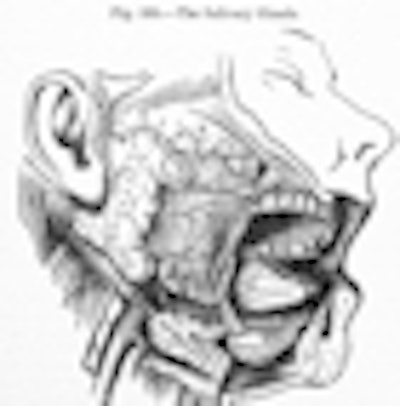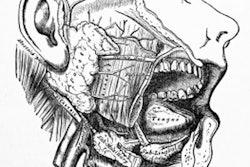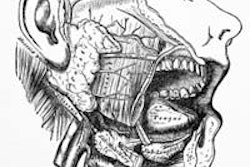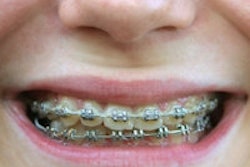
Recent studies have suggested that preventive dental care may reduce the risk of bisphosphonate-related osteonecrosis of the jaw (BRONJ) in patients who are about to undergo bisphosphonate therapy.
The authors of a 2008 study in Annals of Oncology, for example, found that BRONJ is a manageable and preventable condition. Their data confirmed that the application of preventive measures can significantly reduce the incidence of ONJ in cancer patients receiving bisphosphonate therapy.
"We observed a reduction in the incidence of ONJ from 3.2% to 1.3% when comparing pre- and postimplementation of the preventive measures program," the authors wrote.
In a related 2010 study, dental experts agreed that it is especially important for patients who are about to be treated with IV bisphosphonates to have a complete oral checkup to minimize the risk of problems related to the oral cavity.
But preliminary data from a new study to be presented at the upcoming American Association for Dental Research (AADR) annual meeting in Tampa, FL, indicates that measures of periodontitis and oral hygiene are not associated with the risk of developing BRONJ after intravenous bisphosphonate therapy.
"Even though the pathophysiology of BRONJ remains unknown, previous reports suggest that poor oral hygiene predisposes patients to developing BRONJ," study author Vivek Thumbigere Math, BDS, from the University of Minnesota School of Dentistry, told DrBicuspid.com.
Some animal studies have reported that dental infection or periodontal disease might increase the risk of developing BRONJ, he added. However, none of the clinical studies have validated these findings, he noted.
No significant differences
Dr. Math and colleagues from the University of Minnesota conducted a case-control study to evaluate the association between clinical measures of periodontal disease and the risk of developing BRONJ.
They looked at 22 cancer patients (15 female, with a mean age of 64) who developed BRONJ after intravenous bisphosphonate treatment. These patients were matched with 22 controls (17 female, with a mean age of 62) who did not develop BRONJ.
All subjects had received at least 10 intravenous bisphosphonate infusions, most for metastatic breast cancer management. As part of BRONJ management, most cases were using antibiotics (50%) or chlorhexidine mouth rinse (82%) at the time of enrollment.
For each study subject, one of two calibrated examiners measured probing depth (PD), clinical attachment loss (CAL), and bleeding on probing (BOP) at six sites on all teeth except third molars. They also measured gingival index (GI) and plaque index (PI) on six index teeth.
The authors found that BRONJ subjects and controls did not differ significantly in average PD (2.03 versus 1.99 mm), average CAL (2.19 versus 1.59 mm), percent of sites with BOP (12% versus 12%), average GI (0.55 versus 0.60), average PI (0.40 vs 0.54), or percent of sites with probing depth ≥4 mm (4.8% versus 3.2%) or ≥5 mm (1.8% versus 0.6%).
Dr. Math said that these preliminary findings conflict with the previously suggested theory that periodontal disease and poor oral hygiene increase the risk of BRONJ development.
"Imbalances in antibiotics and chlorhexidine mouth rinse usage between the groups may have eliminated or reduced differences in GI or PI in the current study," he added.
This pilot study provides insight into the role of periodontal disease and poor oral hygiene in BRONJ development, said Dr. Math. Future prospective clinical trials are needed to confirm the present findings before dentists start applying these evidences into their everyday practice, he added.
The study will be completed at the end of this year, but these results will be presented at a poster discussion session at the AADR on March 22.



















